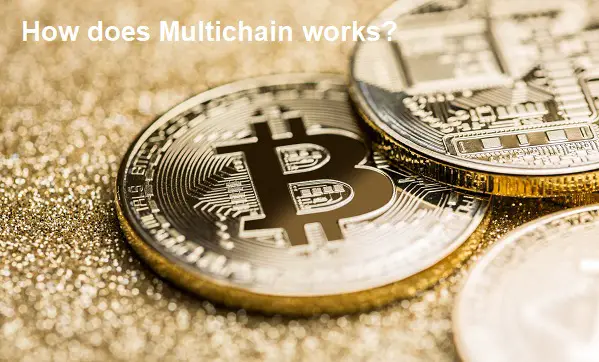A common problem that retail traders have is limited capital. The majority of retail trading traders use capital that is too small and not ideal to be called capital. Even if there are many brokers providing deposit facilities with very low nominals, this does not change the fact that trader capital is still too small.
Trading using small capital is indeed possible, but the risk of experiencing a margin call is far greater. Therefore, if we ask retail traders, on average they have experienced margin calls more than once and many even still “subscribe” to margin calls after having been in the forex trading business for so long.
In addition, capital that is too small also generates low profits. These low profits often make traders impatient, so many traders end up choosing to use large lots and even so they can get relatively bigger profits.
On the other hand, capital that is too small is also difficult to manage. For example, the recommended risk per trade or risk per transaction generally ranges from 1-3% of capital. The thing is, the size of 1% or 3% based on a small capital, the value may be between 1-3 USD. So, if a trader’s capital is 100 USD, then 1% equals 1 USD and 3% means 3 USD.
With a nominal value of only 1-3 USD, the stop loss limit that we can set is also very limited. For transactions using the lowest lot, you can only place a stop loss of 30 pips at most. Of course it doesn’t matter if the trader is a scalper or day trader. But it will be a problem if the trader is a swing trader who can generally place a stop loss with a distance of 100 pips or even more.
Therefore the use of small capital is not recommended. Because the risk is even bigger, not only in the form of the risk of losing money, but also the risk of forming bad habits in the trader’s head, such as using large lots or full margin, over trading and so on.
Ideal Capital for Trading
The ideal capital for each person must be different. This relates to the economic strata of each trader. Because there are traders with high income and practical expenses and there are those who have low income and definitely with low expenses. Therefore, ideal capital cannot be generalized for everyone, because each person has different economic abilities.
To determine the ideal capital, every trader can use the following two references:
1. Living costs
Traders can use the cost of living as a reference to determine the ideal capital. Of course, this relates to targets that traders need to achieve each period, if the goal of trading is as a living.
Suppose a person’s living expenses are $5 K per month. So the ideal capital that traders must use starts from a nominal value of $100 K and can also be larger. This figure is set because $5 K is 5% of $100 K. And the most reasonable target that a trader can easily achieve in a trading period is 5%.
So, if the cost of living is lower, say $2 K per month, then the ideal capital will also be lower.
2. Loss tolerance
Ideal capital can also be determined based on a person’s tolerable loss. Each person must have a different tolerance limit considering the economic ability of each person is also different. For example, a big businessman can tolerate losses that reach tens too. However, a street vendor may only be able to tolerate losses in the tens of thousands.
The ideal capital based on loss tolerance is much more complicated to determine the nominal. But in essence, the capital must come from idle money or money that is not being used or allocated for certain needs. In addition, if the capital runs out either due to consecutive losses or big losses in one transaction, it will not affect daily life. Both in terms of meeting the needs and desires of traders.
How to Collect Trading Capital
After knowing how much ideal capital we should use for trading, then how do you get it? Even though most retail traders are people with middle economic levels.
Well, there are several methods or methods that can be taken to get or collect the ideal trading capital. Some of these ways include:
1. Saving
To get the ideal amount of capital, we can save. Set aside a small portion of income for several months or even several years.
It may be difficult, especially since the goal is to collect trading capital. But, some people have tried this method and in fact they succeeded.
2. Participate in trading contests
Another way is to join trading contests. Whether it’s a free alias demo contest, or a real account contest that requires traders to use personal capital.
But, even with their own capital, the nominal is usually quite low. Some start from 10 USD, 25 USD to 100 USD, so it is still quite affordable for the majority of traders. Even then, with a total prize of tens of thousands of US dollars.
3. Join the No deposit bonus program
In addition, brokers usually also provide a “No Deposit Bonus” (NDB) promotion, which is giving a bonus for free without having to make a deposit. We can use this bonus as initial capital for trading. Although most of the nominal is very low and does not meet the criteria as ideal capital.
Summary
So, those are some methods or ways to collect ideal trading capital. Don’t think that when you follow this method, you will get capital in a short time. That’s clearly impossible. There is a relatively long process to go through. And maybe the process will not run easily. So it takes discipline and high consistency to do it.









